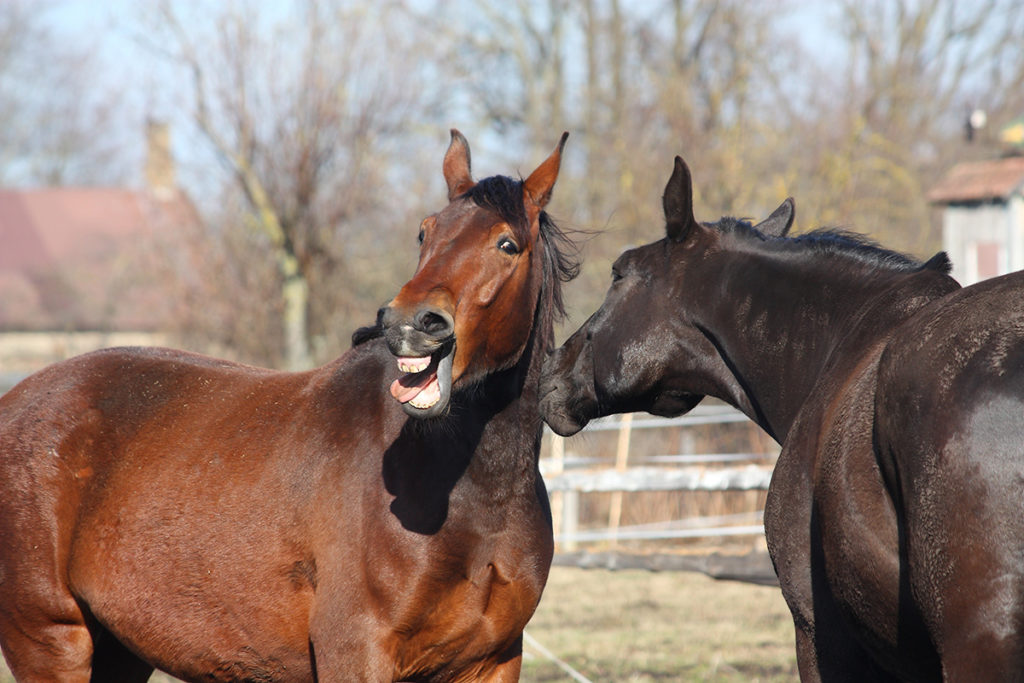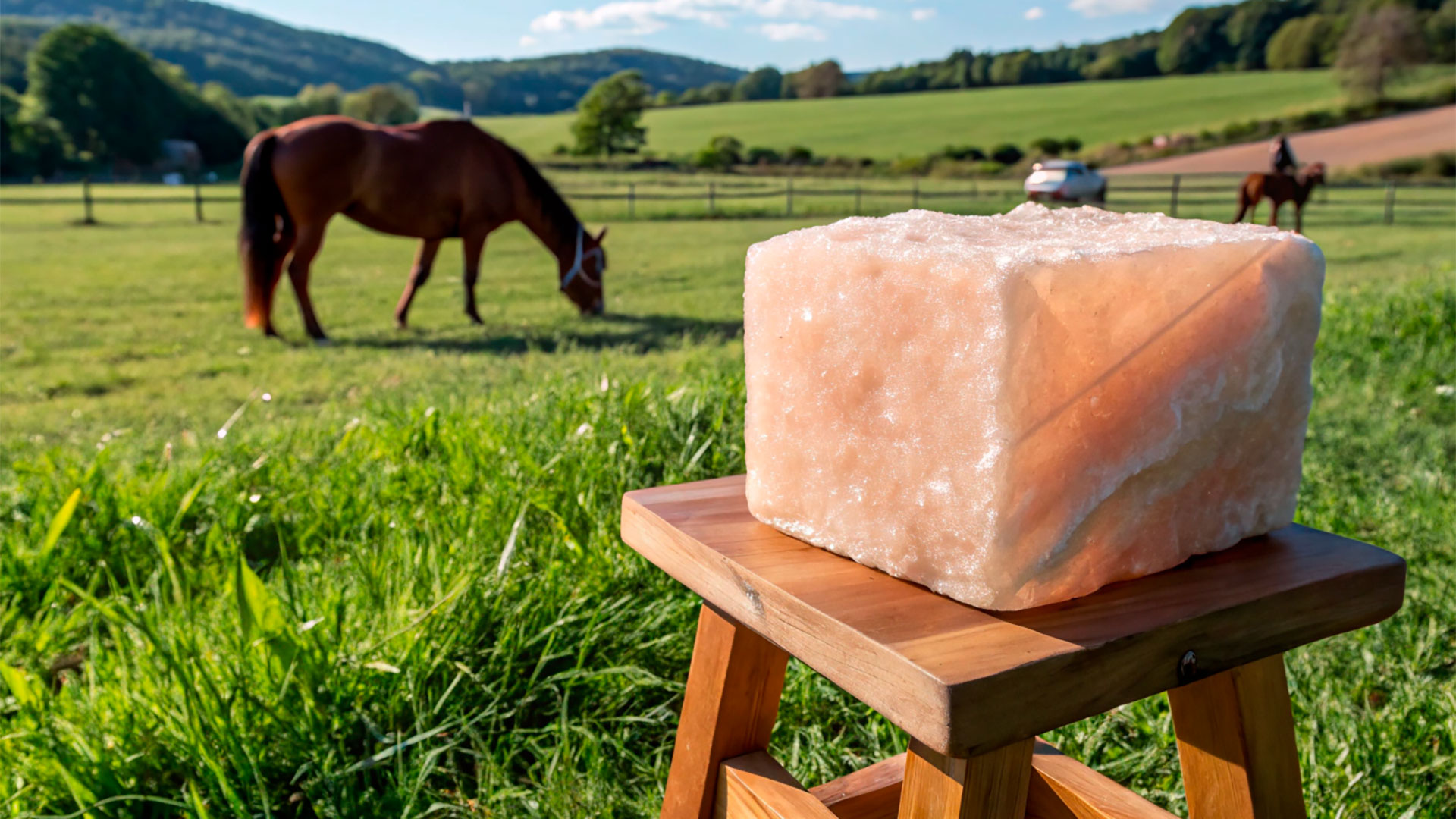
Australia plans on sacrificing 10000 wild horses
Scientists say this would not be enough as it would leave too many remaining horses. Wildlife officials are planning on killing or rehoming more than 10,000 wild horses in Australia to limit this species' numbers.
Australia is known as the island with the most endemic species in the world, and horses were not part of this territory until 1788 when 11 British vessels introduced the first horses. Since then, they have extended in the southeast of the country.
There are more than 25,000 wild horses in Australia based on a 2019 aerial survey according to Australian Alps National Parks. Most of these horses are known as brumbies, and they live in Australia’s alpine region: New South Wales (NSW), Victoria and the Australian Capital Territory.
You might find interesting: Big changes in animal rights with EU Animal Health Law
Threatened endemic species
This alpine environment covers only 1% of the continent and has many endemic and threatened species found nowhere else. These horses are an invasive species in Australia, and they are quickly reproducing and causing ecosystem damage in the region.
The area of Kosciuszko National Park in NSW is specially under threat as it homes more than 14,000 wild brumbies. The latest draft plan released by the National Parks and Wildlife Service in NSW contemplates reducing the number of feral horses in Mt Kosciuszko to 3,000. This would thin the population to 32% of the park while safeguarding the brumbies heritage value.
However, scientists from the Australian Academy of Science have argued this draft plan leaves too many remaining horses and the park will not be properly protected from their impact. In order to protect animals, plants and the native ecosystem it is necessary to harden measures to reduce brumbies population.
“Listen to the science, the latest evidence and recommendations on how best to protect the park from the significant damage being done by feral horses. To do otherwise would show a disregard for the threatened native Australian ecosystems and species facing imminent extinction and under threat by feral horses.” -John Shine, president of the Australian Academy of Science.
Related article: racehorses in human food chain, blood rules and top hats
An area with little tolerance for brumbies
Australia’s alpine region is home to endangered and vulnerable species like the stocky galaxias fish (Galaxias tantangara), the broad-toothed rat (Mastacomys fuscus) or the alpine tree frog (Litoria verreauxii alpina). Moreover, as there are no indigenous hoofed mammals in Australia, they cause damage to delicate vegetation that has not evolved to withstand them.
The Australian Capital Territory that borders the Kosciuszko National Park has zero-tolerance to wild horses and removes any that crosses the border. Similarly, since the 1st of November Victoria plans on completely removing all wild horses from the state’s habitats.
Citizens back up this initiative
A study published in September 17th in the journal Biological Conservation found that 71% of surveyed Australians agreed it is acceptable to cull horses to protect endangered species.
This adds up to the predictions of scientists that estimate that, as horse numbers increase 18% annually, extreme measures need to be taken. If this tendency continues, in 2022 there could be 20,000 brumbies roaming around the Australian Alps. Australia is very conscious about species protection after saving the iconic wallaby.
Even if the preferred method for removing brumbies is to rehome them, this is time-consuming and expensive, and only 1000 brumbies in NSW have been rehomed since 2002. This problem with brumbies resembles the issue with overpopulated mustangs in national parks in the USA. However, current legislation bans culling mustangs, so they are sterilized or rehomed instead.
What do you think about this situation and do you think Australia’s plan to cull over 10,000 horses will help save these endangered species? Let us know on social media, we are on Facebook, Instagram and Twitter.












_v2.svg)
_v2.svg)









_v2.svg)


